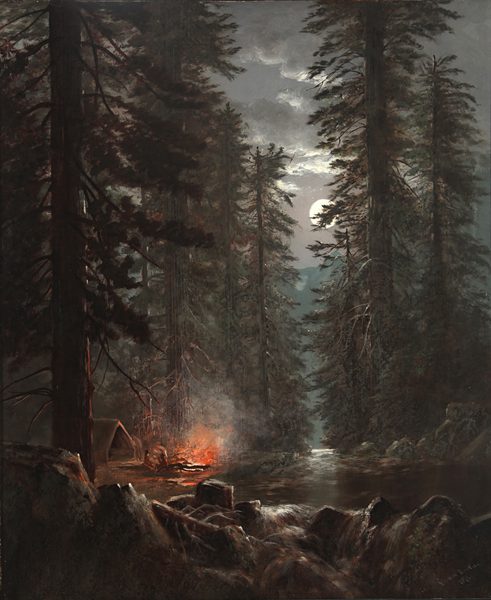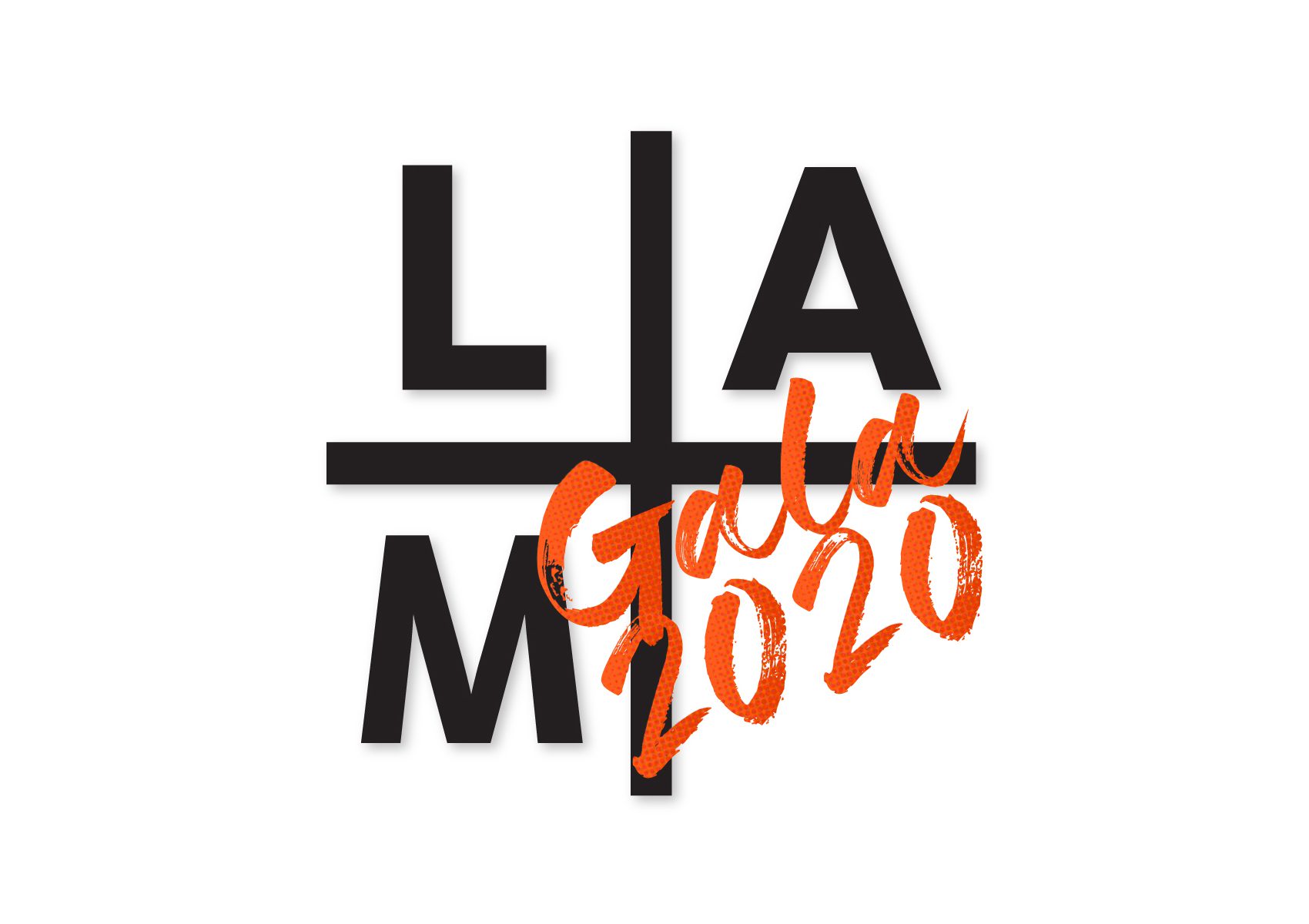Campfire in the Redwoods

Edwin Deakin
Campfire in the Redwoods
Oil on canvas, 1876
30 x 25 inches
Gift of the Carl S. Dentzel Estate
1984.025.114
Under the beckoning glow of a full moon and the warm light of a campfire, Edwin Deakin’s Campfire in the Redwoods represents a romantic evocation of a cozy encounter with nature. An ideal refuge from the stresses of the urban growth and change taking place in the United States at the turn of the century, camping out-of-doors represented not only an escape but also a return to a primordial past.
Deakin completed the painting in the year of the first world’s fair, the Centennial Exhibition of 1876, which celebrated one hundred years of cultural and industrial progress. The implication was the nation had been explored, subdued, mapped, and measured and all that was left was to cut up the pie. Correspondingly, American artists like Deakin were no longer solely intent upon depicting the West as an untamed frontier and new concepts about man’s place in nature developed. The notion of camping arose–a recreational activity predicated upon the idea of leaving an urban area to be outdoors in an unpopulated “nature.”
In 1876, the Wawona Hotel and the first dedicated camping area—the Harris Campground–were established in Yosemite Valley. Although the figures in Deakin’s painting could almost be Native Americans, it had been two decades since the Ahwahneechee Indian tribe had been uprooted from the valley. It was clear that the need to preserve and enjoy wilderness areas like Yosemite was emerging as an important national priority.






